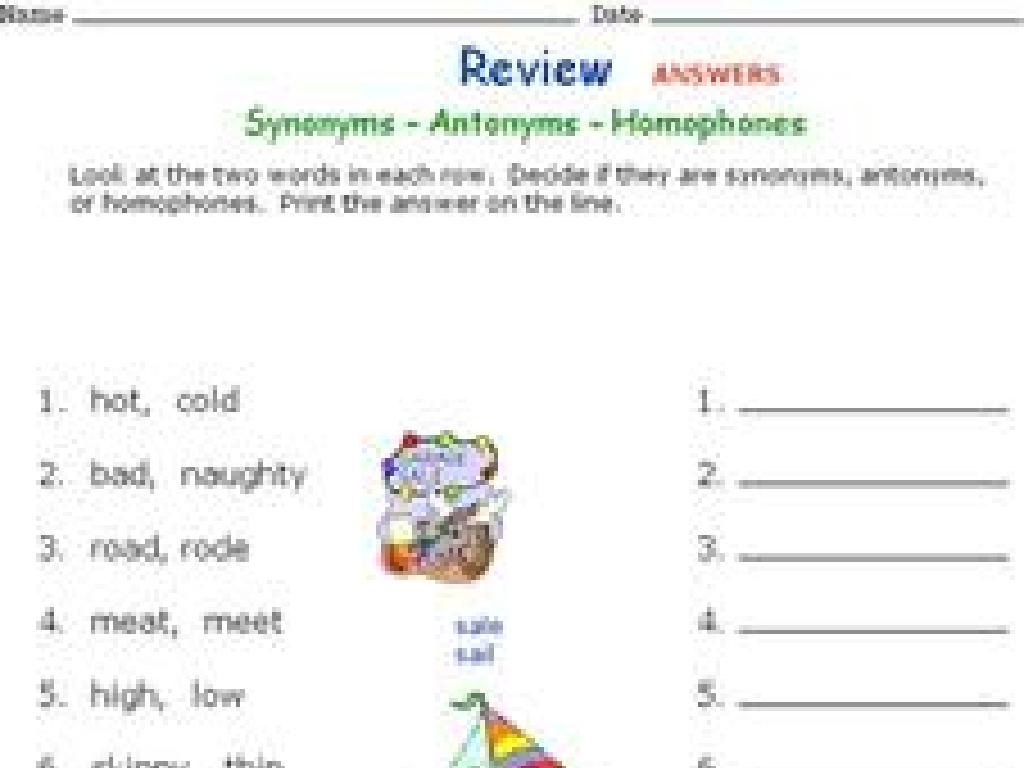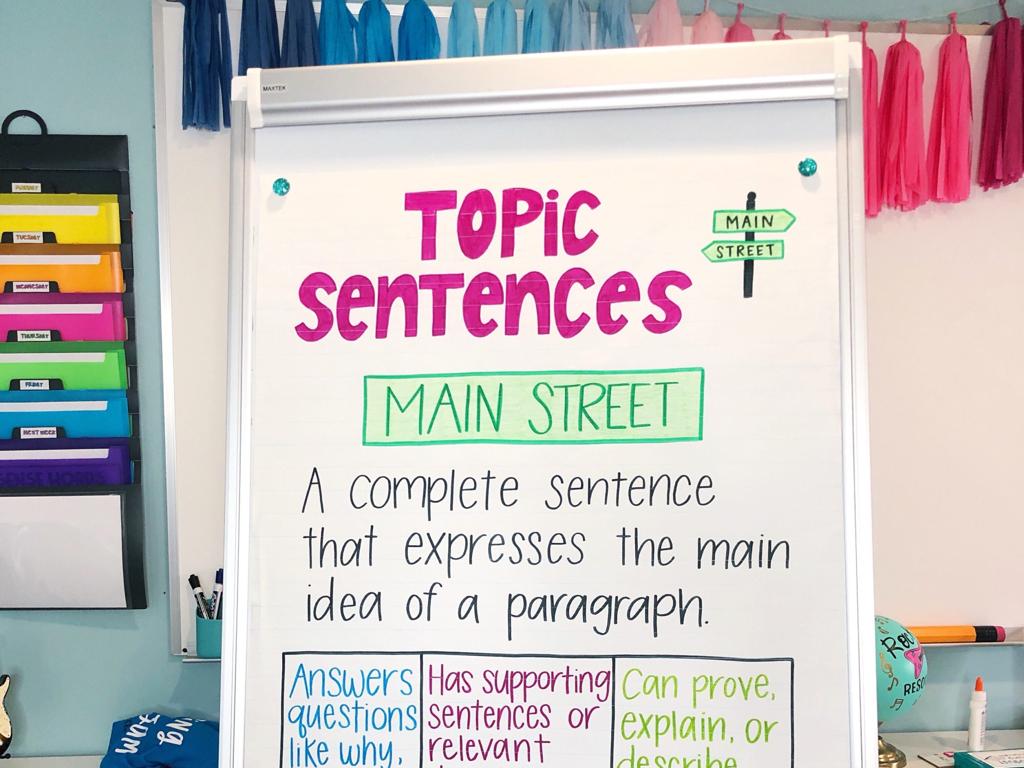Ecology And Natural Systems
Subject: Science
Grade: High school
Topic: Biology
Please LOG IN to download the presentation. Access is available to registered users only.
View More Content
Introduction to Ecology: Our Role in Nature
– Defining our ecological niche
– Our ecological niche refers to how we fit into and interact with our environment.
– Ecology: Interactions and environment
– Ecology studies how organisms interact with each other and their surroundings.
– Components of natural systems
– Natural systems include biotic and abiotic components like plants, animals, climate.
– Significance of ecological balance
– Maintaining balance is crucial for the health of our planet and our survival.
|
This slide introduces the concept of ecology, emphasizing the interconnectedness of life and the environment. It’s important to convey that ecology is not just about animals and plants, but also about the relationships between all living organisms, including humans, and their physical surroundings. Highlight the complexity of natural systems, which consist of various living (biotic) and non-living (abiotic) elements. Discuss the importance of ecological balance and how changes in one part of the system can affect the whole. Encourage students to think about their own impact on the environment and the importance of sustainable living.
Exploring Levels of Ecological Organization
– Hierarchy from organisms to biosphere
– Individual, Population, Community, Ecosystem, Biome, Biosphere
– Significance of ecological levels
– Each level plays a crucial role in the structure and function of the environment
– Diverse ecosystem examples
– Rainforests, deserts, coral reefs, tundra
– Interactions within ecosystems
– Species interactions like predation, competition, and symbiosis
|
This slide aims to introduce students to the concept of ecological organization, which is a hierarchical structure starting from individual organisms and expanding to the entire biosphere. Understanding the importance of each level is crucial for comprehending how ecosystems function and how different species and their environments interact. Provide examples of various ecosystems, such as the diversity of life in rainforests, the adaptations found in deserts, the complex relationships in coral reefs, and the extreme conditions in tundra regions. Highlight how each level is interconnected and how interactions within ecosystems, such as predation, competition, and symbiosis, play a vital role in maintaining ecological balance. Encourage students to think about local examples and how global environmental issues impact all levels of ecological organization.
Energy Flow in Ecosystems
– Energy movement in ecosystems
– Energy flows from the sun to producers and then to consumers.
– Roles: Producers, Consumers, Decomposers
– Producers make food, consumers eat it, decomposers break down waste.
– Understanding Food Chains
– A sequence of who eats whom in a biological community.
– Exploring Food Webs
– Interconnected food chains showing ecosystem feeding relationships.
|
This slide introduces the concept of energy flow within an ecosystem, which is fundamental to understanding ecological interactions. Begin by explaining how energy is transferred from the sun to producers (like plants), and then to various levels of consumers (herbivores, carnivores, omnivores) before decomposers (fungi, bacteria) recycle nutrients back into the system. Clarify the linear nature of food chains and the more complex, interwoven structure of food webs. Use diagrams to illustrate these concepts and provide examples such as a simple grassland food chain or a more complex forest food web. Encourage students to consider the implications of disruptions in these systems, such as the removal of a key species.
Biogeochemical Cycles: Earth’s Natural Recycling
– Matter cycles in ecosystems
– Elements recycle through biotic/abiotic processes
– Water, Carbon, Nitrogen, Oxygen cycles
– Each cycle has unique steps and importance
– Human impacts on cycles
– Pollution, deforestation affect natural balance
– Mitigating negative effects
– Conservation efforts can restore cycle integrity
|
This slide introduces students to the concept of biogeochemical cycles, emphasizing the continuous movement of matter through living organisms and the environment. Highlight the water cycle’s role in climate, the carbon cycle’s link to life and energy, the nitrogen cycle’s importance for plant growth, and the oxygen cycle’s connection to respiration. Discuss how human activities like burning fossil fuels and land use changes disrupt these cycles, leading to climate change and biodiversity loss. Encourage students to think critically about how we can reduce our impact and help maintain the delicate balance of these essential cycles.
Biodiversity and Ecosystem Health
– Define Biodiversity
– Variety of life in an area; genetic, species, and ecosystem variety
– Biodiversity’s role in ecosystems
– Supports ecosystem productivity and resilience
– Indicators of a healthy ecosystem
– Species richness, water quality, and habitat stability
– Threats to Biodiversity
– Pollution, habitat loss, invasive species
|
Biodiversity refers to the variety of life in a particular habitat or ecosystem, including the diversity within species, between species, and of ecosystems. It is crucial for the stability and resilience of ecosystems, providing benefits such as disease resistance, food security, and more. Indicators of ecosystem health include the number of species present (species richness), the quality of water, and the stability of habitats. It’s important to discuss the threats to biodiversity, such as pollution, habitat destruction, and the introduction of invasive species, to understand the challenges ecosystems face. Encourage students to think about local examples of biodiversity and discuss how a decline in biodiversity could directly affect human populations.
Human Impact on Ecosystems
– Positive vs. Negative Interactions
– Examples: Pollution (negative), reforestation (positive)
– Conservation Efforts
– Protecting endangered species, creating reserves
– Sustainable Practices
– Eco-friendly farming, reducing waste
– Balancing Human Activity
– Striving for development without ecosystem damage
|
This slide aims to discuss the various ways humans interact with ecosystems and the resulting positive and negative impacts. Highlight examples such as pollution from industrial activities causing harm, versus positive actions like reforestation projects. Discuss conservation efforts, such as laws to protect endangered species and the establishment of nature reserves. Explain sustainable practices, including organic farming and initiatives to reduce waste and recycle. Emphasize the importance of finding a balance between human development and the preservation of natural systems to ensure a healthy planet for future generations. Encourage students to think critically about how their actions impact the environment.
Case Study: The Amazon Rainforest
– Known as Earth’s lungs
– Produces 20% of world’s oxygen, stores carbon
– Current threats faced
– Deforestation, climate change, and pollution
– Amazon’s global ecological role
– Regulates climate, houses biodiversity
– Conservation efforts
|
The Amazon Rainforest, often referred to as the ‘lungs of the Earth,’ plays a crucial role in the global ecosystem by producing a significant portion of the world’s oxygen and acting as a carbon sink. Students should understand the various threats the Amazon faces, including deforestation, climate change, and pollution, which have dire consequences for global ecology. The Amazon’s role extends beyond oxygen production; it is a key regulator of the Earth’s climate and supports an immense range of biodiversity. Highlight the importance of conservation efforts to protect this vital natural resource. Discuss the interconnectedness of local actions and global impacts, emphasizing the importance of the Amazon in maintaining ecological balance.
Class Activity: Ecosystem Simulation
– Create a model ecosystem in groups
– Identify ecosystem roles
– Producers (plants), consumers (animals), decomposers (fungi/bacteria)
– Discuss energy flow and matter cycles
– Energy flows up the food chain, matter recycles via biogeochemical cycles
– Present your ecosystem model
|
This activity is designed to help students understand the complexity and interdependence of ecosystems. Divide the class into small groups and provide materials to create a physical model of an ecosystem, including elements such as soil, plants, and figures to represent animals. Each group should clearly identify the producers, consumers, and decomposers in their model. Encourage a discussion on how energy is transferred from the sun to producers and then to consumers, and how decomposers recycle nutrients back into the soil. Each group will then present their model to the class, explaining the roles of different organisms and the processes of energy flow and matter cycling. Possible variations of the activity could include different biomes, the impact of human intervention, or the introduction of invasive species.






